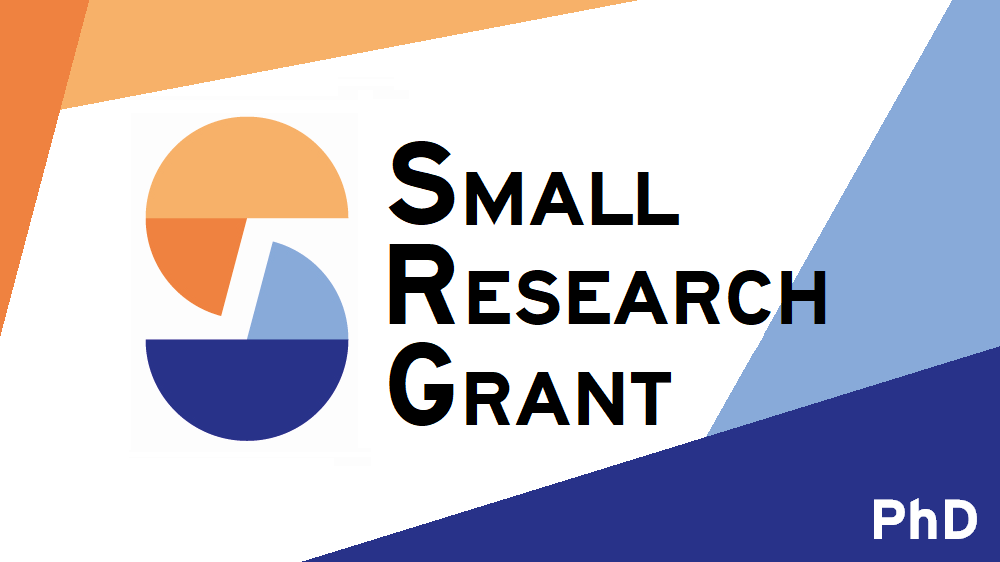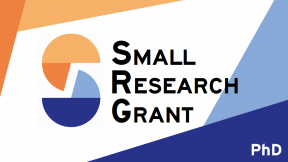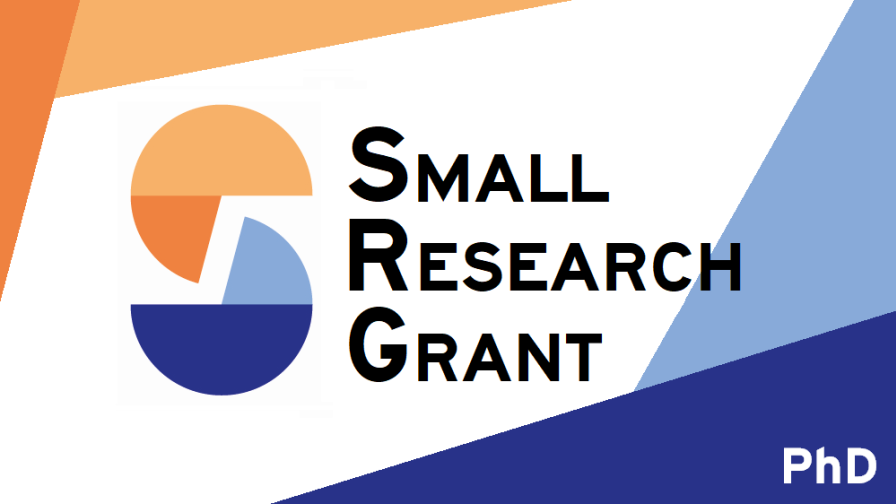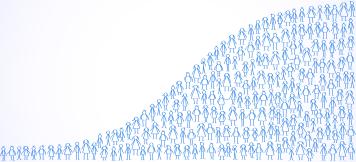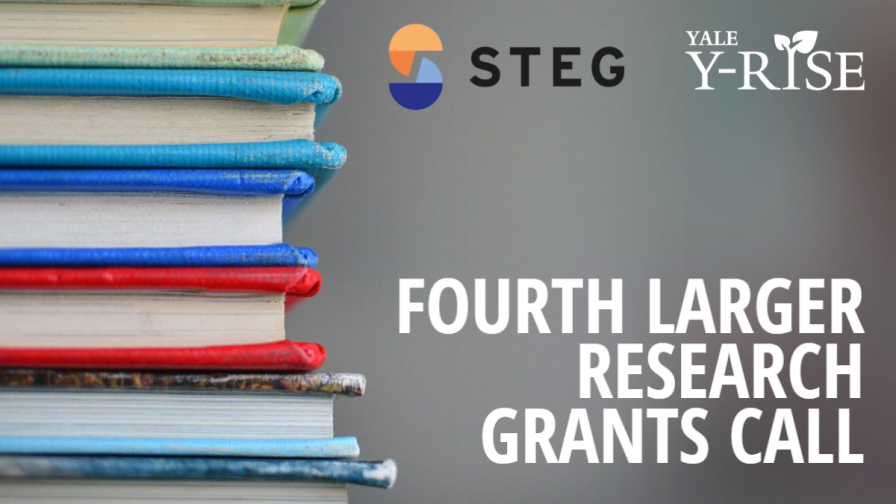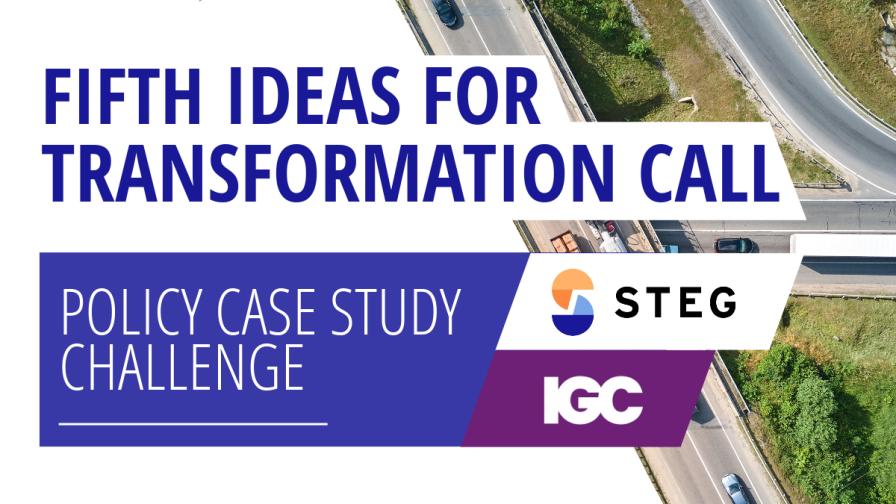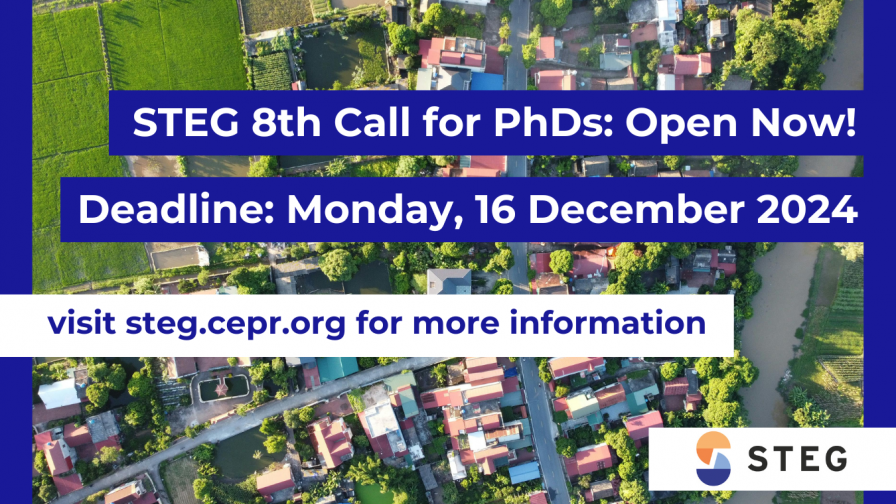International technology transfer is one of the key drivers to economic growth. Particularly, there are two major channels of transfer, which are technology imitation and technology adoption. Imitation involves the unauthorised replication of existing technologies without making direct compensation to innovators, while adoption entails the legal acquisition of technologies through licensing agreements, often with associated royalties. These two distinct channels not only coexist but also interact with each other, shaping the catch-up growth phase of developing economies. However, previous studies have primarily focused on either imitation or adoption channels, our project constructs a unified framework that endogenises both channels and decomposes their contributions to economic growth. The quantitative model serves as a device for evaluating the effectiveness of various technology related policies, including international intellectual property right protection, compulsory licensing, and technology export controls. This project would give an answer to how much channels matters in the context of economic growth, especially in the earlier stages of development, and guide us to improve relevant policies to promote inclusive growth.
The main methodology is based on the construction of a quantitative growth model, under which firms make endogenous choices on adopting and imitating technologies. This project attempts to overcome one of the biggest challenges in these studies which is to empirically quantify the framework with relevant disaggregate data. The study utilises three proprietary datasets on global patent litigations and patent licensing agreements to address this issue. ktMine provides global coverage of agreement-level data on technology licensing between parties; Darts-IP offers global coverage of international-patent-class level data on litigation about patent disputes. To supplement with more granularity, the study also uses LexisNexis, which provides case-level data on patent litigations on selected yet representative countries. With the right interpretation of the data, the study would perform growth decomposition and counterfactual exercises using the calibrated model. These results are of prime importance to understanding how these different channels of international technology transfers affect the take-off of low- and middle-income countries.
The research makes a significant contribution to the field of structural transformation and economic growth by expanding the analysis beyond developed countries to including a diverse range of economies. The data on patent litigation and licensing span low-to-middle income (e.g., Thailand, India, China, and Türkiye) to high-income counties (e.g., Japan, US, Germany). The data do not include sub-Saharan African countries due to the challenges posed by the lack of an effective legal system in those regions. Yet, the analysis of developing countries which have successfully undergone economic take-off could offer inspiring insights into how to promote technology flow towards low-income regions with appropriate policy interventions. Moreover, studying granular litigation data allows to compare the legal systems between developing and developed countries. This provides valuable information about the optimal institutions that promotes economic development.
